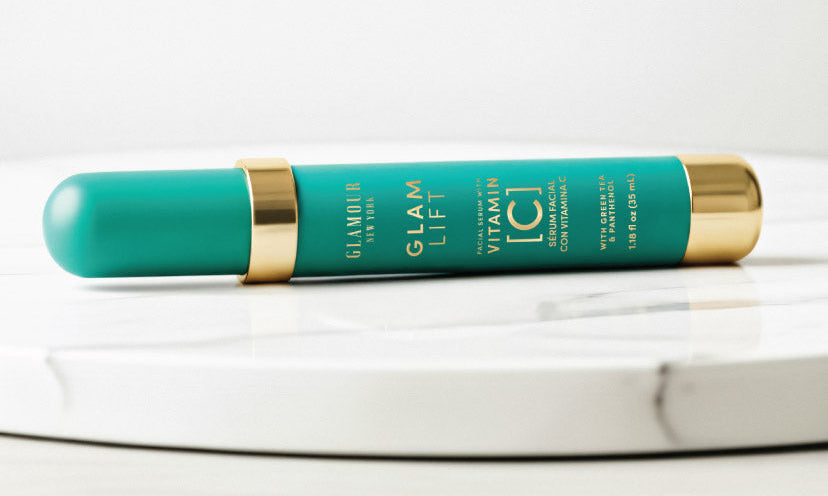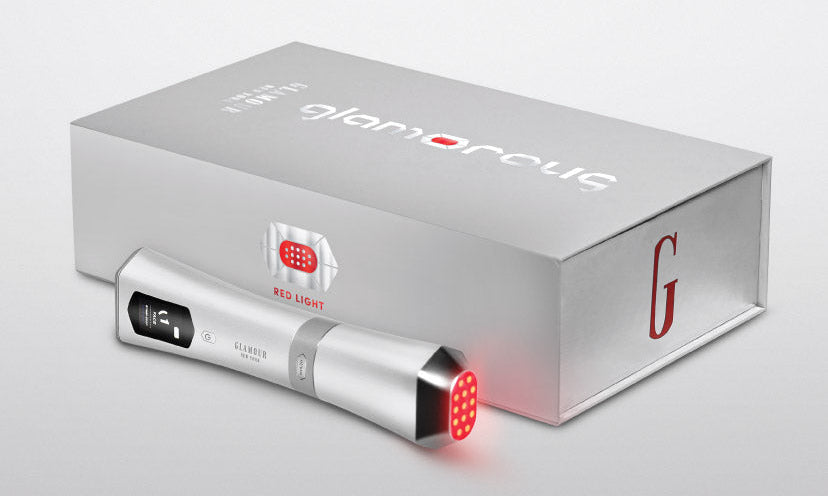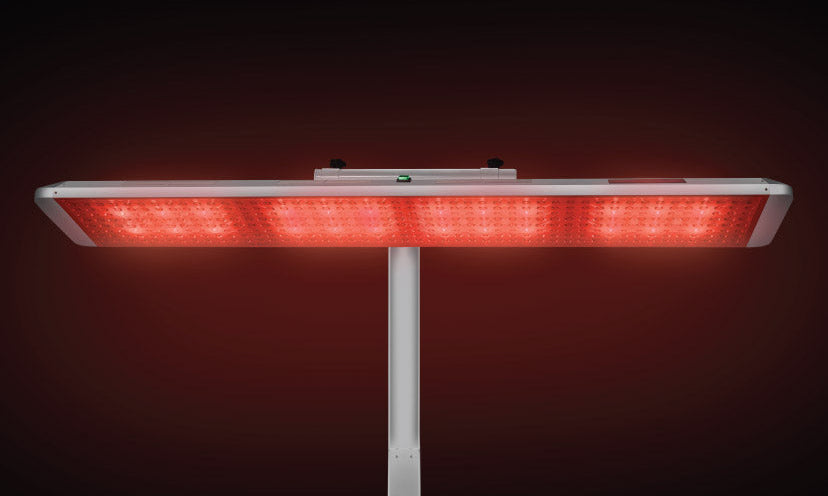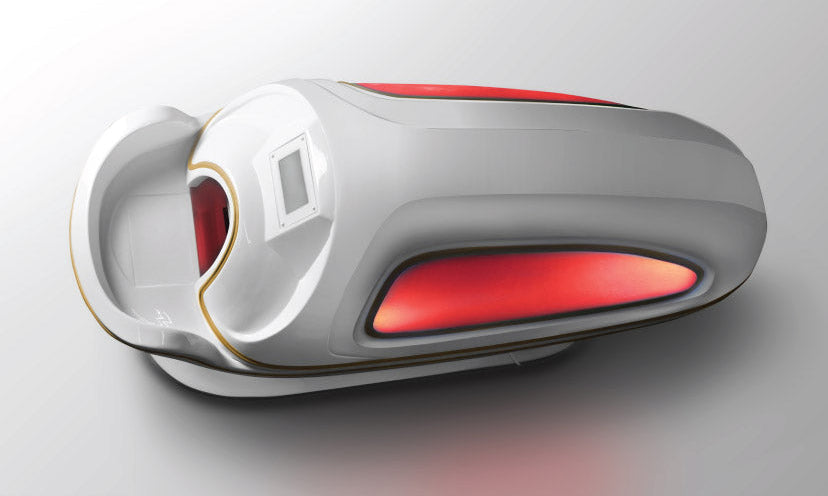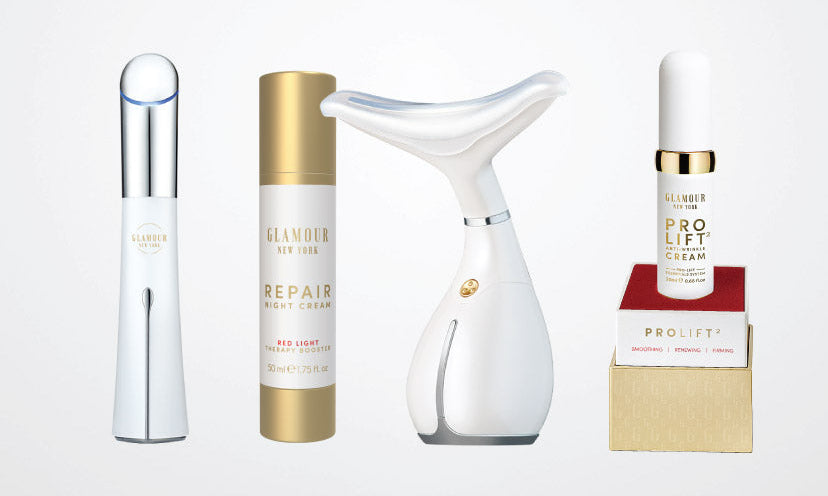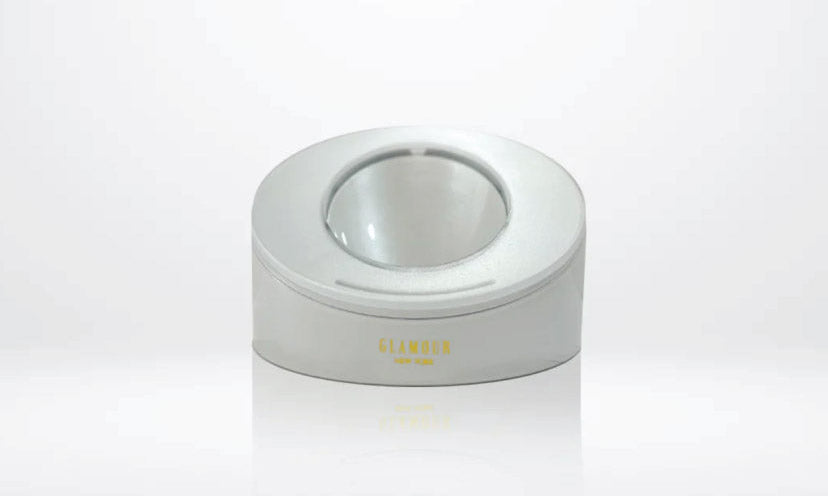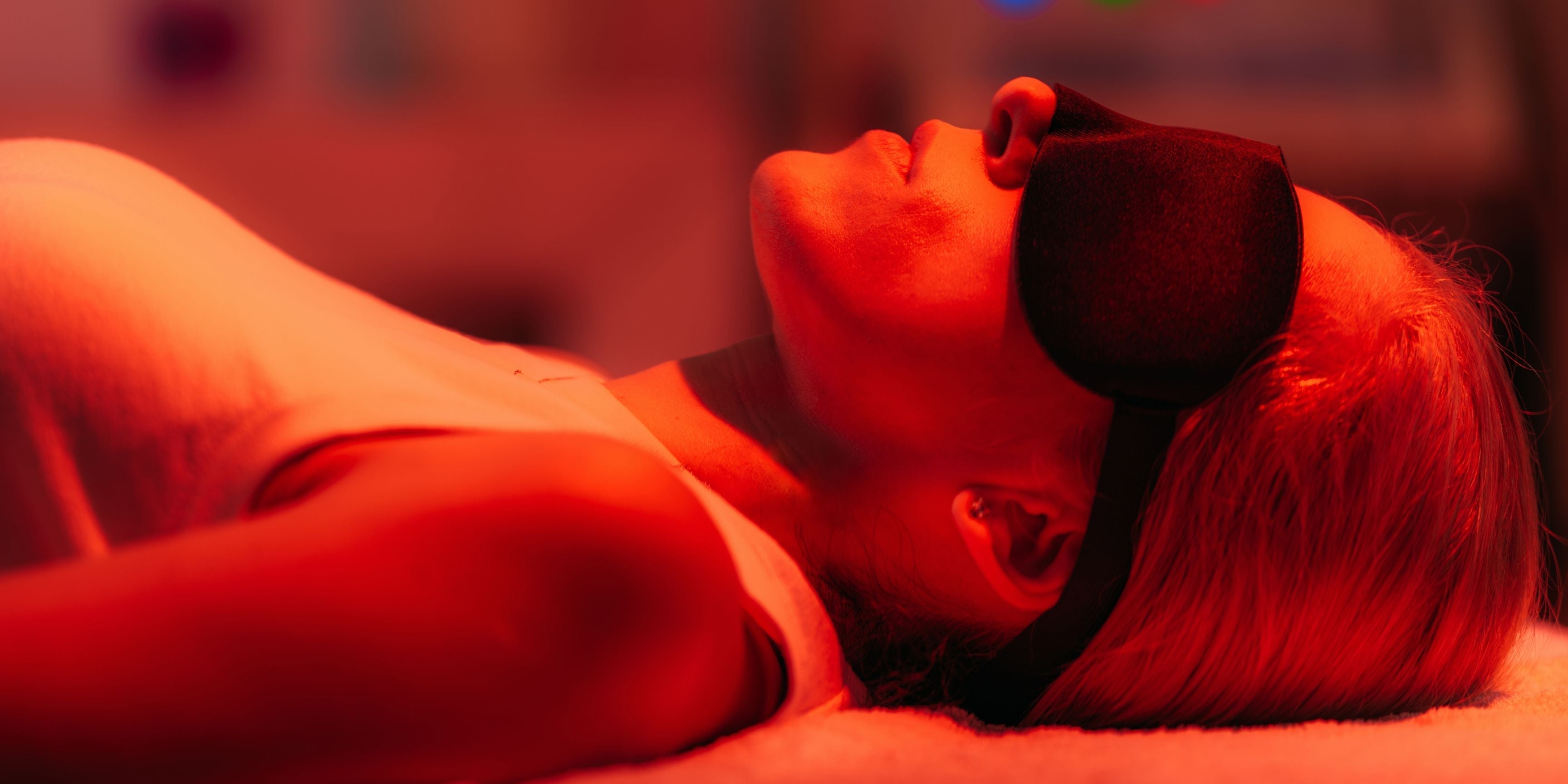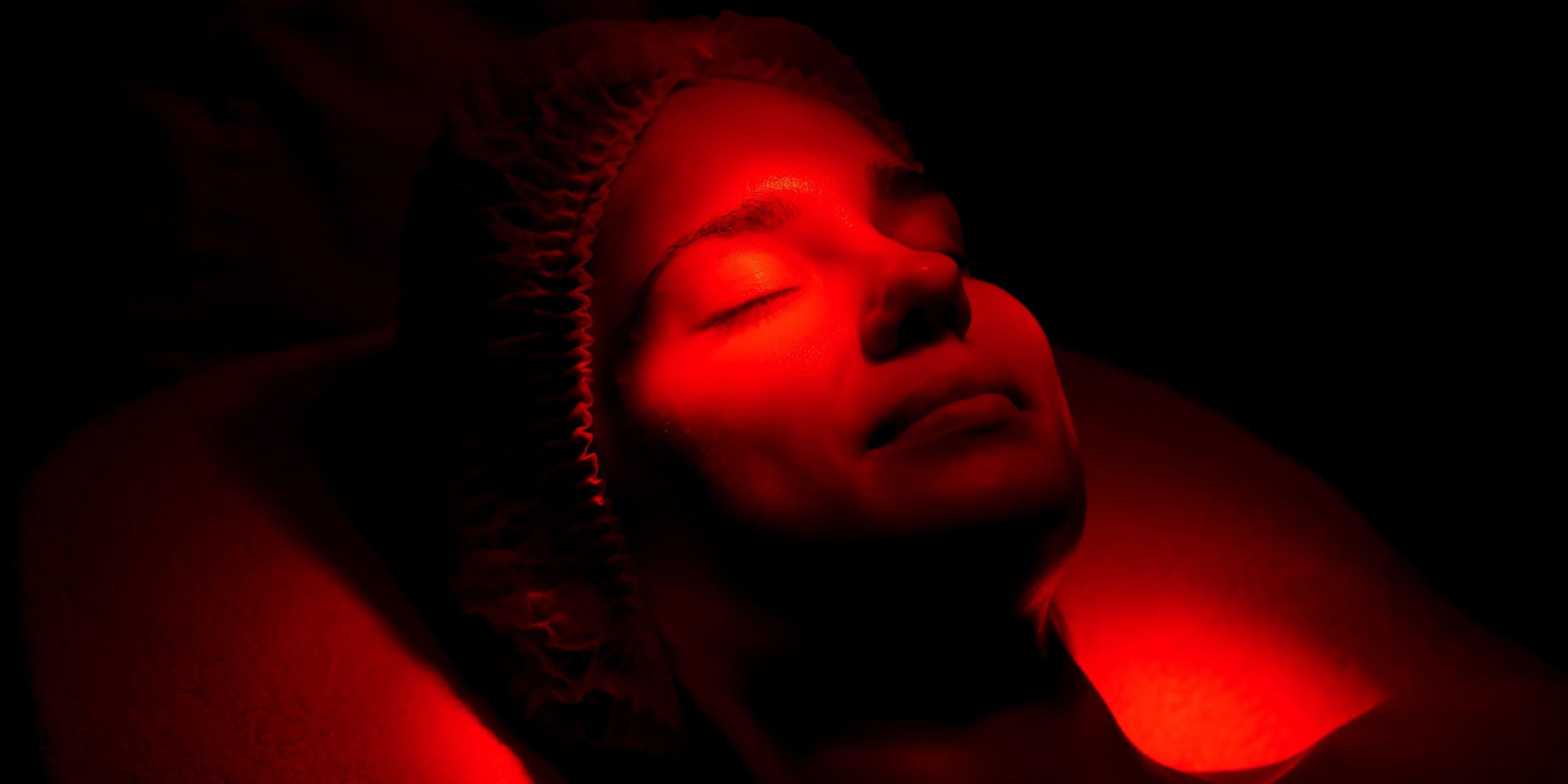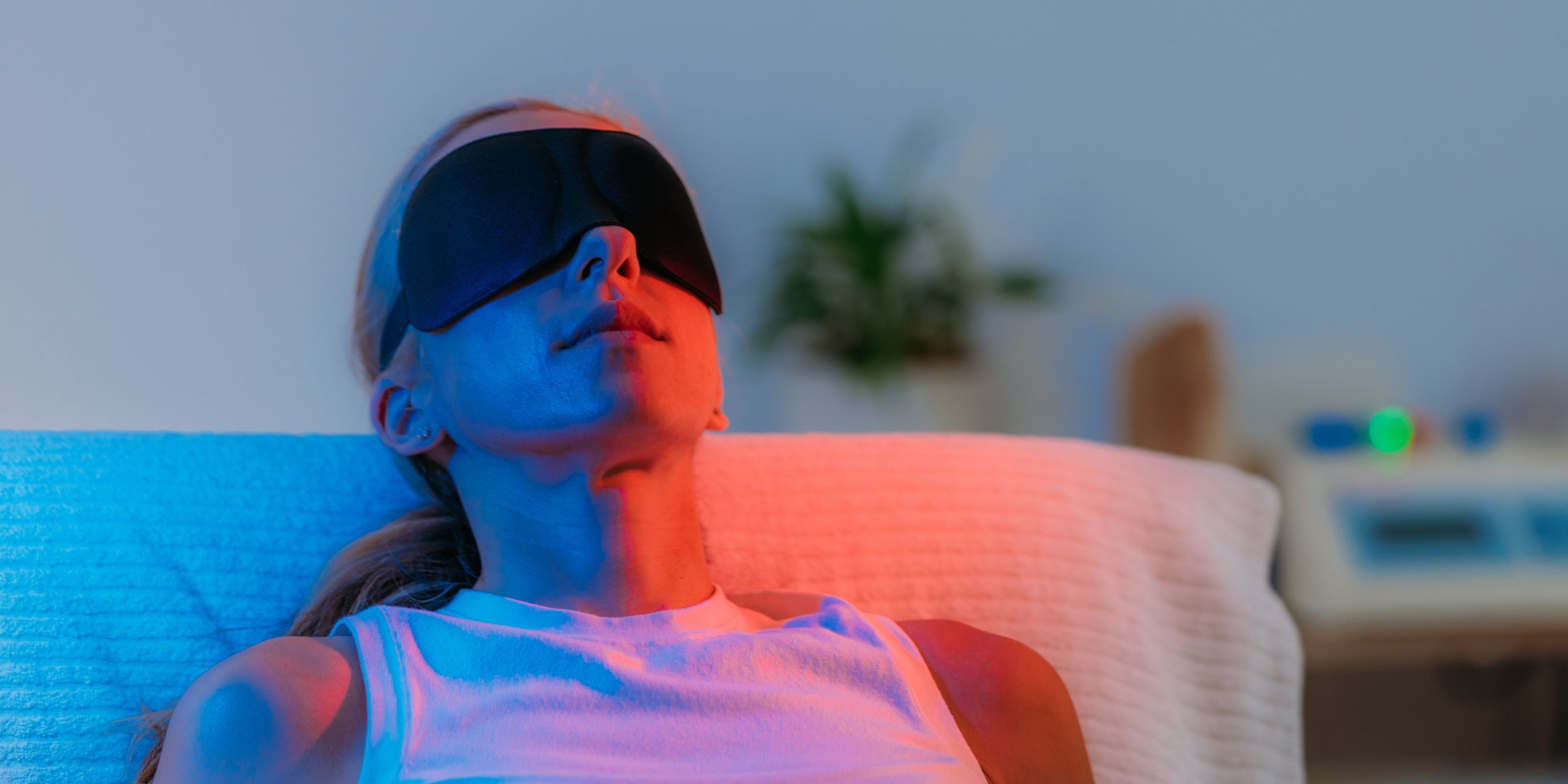Migraines and tension headaches are among the most common neurological disorders, affecting millions worldwide. Standard treatments range from over-the-counter painkillers to prescription medications, but not everyone responds well to pharmaceuticals. Increasingly, people are exploring LED light therapy for migraines and tension relief as a non-invasive, drug-free alternative.
But does it really work? In this article, we’ll break down the science, benefits, safety considerations, and how to choose the right LED therapy device for headaches.
Understanding Migraines and Tension Headaches
What Causes Migraines?
Migraines are more than just bad headaches. They involve neurological changes in the brain, often triggered by factors like stress, hormonal shifts, sleep disruption, or certain foods. Common symptoms include:
- Intense throbbing or pulsing pain
- Nausea and vomiting
- Sensitivity to light and sound
- Aura or visual disturbances
How Tension Headaches Differ from Migraines
While migraines are neurological, tension headaches are typically caused by muscle strain, stress, or poor posture. Symptoms include:
- Dull, constant head pain
- Pressure around the forehead or back of the head
- Neck and shoulder tightness
Current Treatments and Their Limitations
- Medications: Effective but can cause side effects or dependency.
- Lifestyle changes: Helpful but not always enough.
- Alternative therapies: Massage, acupuncture, and yoga provide relief but require ongoing effort.
This gap has led many to explore non-invasive migraine treatments like LED therapy.
What Is LED Light Therapy?
How LED Therapy Works (Photobiomodulation Explained)
LED light therapy, also known as photobiomodulation, uses specific wavelengths of light to stimulate cellular activity. Red and near-infrared light penetrate deep into tissues, reducing inflammation and improving blood flow.
- Red light (around 660 nm): Promotes skin healing and circulation.
- Near-infrared light (around 850 nm): Penetrates deeper, targeting muscles and nerves.
Types of Light Used in Therapy (Red, Blue, Infrared)
- Red Light: Often used for skin and surface-level inflammation.
- Infrared Light: Best for deeper pain relief and neurological issues.
- Blue Light: Less common for headaches but sometimes used for mood disorders.
Safety and FDA Approvals
Many FDA-cleared LED therapy devices exist for pain management, making this a credible option for headache sufferers seeking non-drug relief.
LED Therapy for Migraine Relief
How Red Light Therapy May Reduce Migraine Frequency
Emerging research suggests red light therapy for migraines may help by:
- Reducing inflammation in nerve pathways
- Improving mitochondrial function and energy production
- Regulating serotonin levels
A recent study published in Pain Medicine found that green light therapy reduced migraine frequency in participants by over 50% (source).
LED Therapy for Headache Pain vs Preventive Care
- Acute relief: Using an LED migraine device during an episode may ease intensity.
- Prevention: Regular sessions can reduce frequency and improve tolerance to triggers.
Clinical Studies and Evidence Supporting LED Therapy
While studies are still emerging, photobiomodulation therapy for migraines is supported by small clinical trials showing improved pain scores and quality of life compared to placebo.
LED Therapy for Tension Relief
How Light Therapy Affects Muscle Tension and Stress
Infrared light therapy improves blood circulation and relaxes tight muscles. This makes it particularly effective for tension headaches caused by stress or posture.
Infrared Light Therapy for Pain and Relaxation
Infrared wavelengths penetrate deep into tissues, helping:
- Reduce stiffness in neck and shoulders
- Increase relaxation by lowering cortisol
- Enhance endorphin release for natural pain relief
Combining LED Therapy With Other Stress Management Techniques
LED therapy works best when combined with:
- Stretching and yoga
- Stress reduction techniques (meditation, breathwork)
- Ergonomic improvements at work
Benefits of Using LED Therapy Devices at Home
- Non-invasive and drug-free: Safe for daily use without side effects of medications.
- Portable: Many devices are handheld or wearable.
- Cost-effective: Over time, devices may be cheaper than ongoing prescriptions.
| Feature | LED Therapy Devices | Medications | Massage/Acupuncture |
|---|---|---|---|
| Drug-Free | ✅ | ❌ | ✅ |
| At-Home Use | ✅ | ✅ | ❌ |
| Long-Term Cost | Low (one-time purchase) | High (ongoing) | High (sessions) |
| Non-Invasive | ✅ | ❌ | ✅ |
Risks, Side Effects, and Safety Considerations
Who Should Avoid LED Therapy?
- Pregnant individuals without medical clearance
- Those with epilepsy (light sensitivity)
- People with eye conditions (unless device includes eye protection)
Common Side Effects and How to Minimize Them
- Mild eye strain (always use protective goggles)
- Temporary redness or warmth
- Rare: dizziness if used too close to eyes
Safe Usage Guidelines
- Follow manufacturer’s instructions
- Start with short sessions (10–15 minutes)
- Use consistently but avoid overexposure
Choosing the Best LED Device for Migraines and Tension Relief
Features to Look For in a Migraine Relief Light Device
- Wavelengths between 660–850 nm
- Adjustable intensity
- FDA clearance
- Portability (handheld vs full panel)
LED Therapy for Headaches: At-Home vs Clinical Options
- At-home devices: Convenient and affordable.
- Clinical devices: Stronger intensity, guided protocols, higher cost.
Recommended Daily Duration and Frequency
Most experts recommend 10–20 minutes, 3–5 times per week for best results.
FAQs About LED Therapy for Migraines
Does LED light therapy really work for migraines?
Yes. Studies show promising results in reducing migraine frequency and severity, though more research is needed.
How long should you use LED therapy for migraine relief?
Most sessions last 10–20 minutes, but consistency over weeks yields the best results.
Can LED therapy reduce migraine frequency long term?
Yes, regular sessions have been shown to reduce frequency by up to 50% in some studies.
Is LED therapy safe to combine with medication?
Generally, yes. However, always consult with your healthcare provider.
Final Thoughts: Is LED Therapy the Right Choice for Migraine and Tension Relief?
LED light therapy for migraines and tension relief offers a promising, non-invasive option for people seeking natural solutions. While not a cure-all, the evidence suggests it may reduce frequency, ease pain, and improve quality of life. For those tired of relying solely on medication, investing in a migraine relief light device could be worth exploring.

